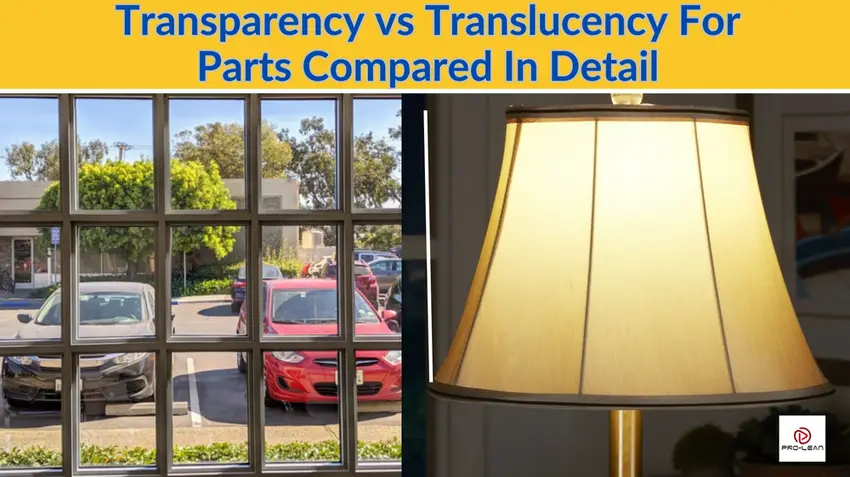
The optical property affects the functionality, suitability, and appeal of a part. It is therefore understandable that one of the main optical concerns for a part manufacturer or dealer is the transparency vs translucency of parts.
Transparency vs translucency entails a material’s optical properties that matter in various industries, from automotive to electronics, and industrial to medical.
Manufacturers have to consider transparency and translucency for car headlights, electronic housings, phone casings, display panels, and many other parts across all industries.
Many factors affect the transparency or translucency of a part including the type of material, manufacturing method, post-processing approach, and the parts thickness. The surface finish is also instrumental in how these properties perform.
Considering the importance of these optical properties and the many factors involved, a discussion of the topic makes sense. That is the basis of this article, which outlines the comparison of transparency vs translucency, and highlights how CNC machining from ProleanTech – Your Custom Parts Provider– comes in.
Read on for more insights.
What Is Transparency In A Material?
Transparency is the physical property of a material being capable of allowing light to pass through freely. Such materials are said to be transparent or see-throughs.
You may wonder what gives a material this property. It all emanates from the arrangement of atoms within the material. In explaining how this happens, we need to introduce another property, opaqueness.
Opaqueness is the opposite of transparency, so it is property of a material being unable to allow passage of light. Going back to the atom explanation, a photon traveliing through a material meets electrons that have energy gaps.
In opaque materials, the energy gap amount is equal to the photon’s energy. The photon ends up being absorbed because it is introduced to a higher energy level.
It is different with transparent materials since they have larger energy gaps. The photons travel through the material easily. In short, the transparency of a material is based on the material type and light wavelength.
Examples Of Transparent Materials Used For Parts
From the definition of transparency, you can tell there are many such materials in the market. Indeed, ProleanTech regularly CNC-machines transparent materials for many components. This CNC Machining Complete Guide shows how this is done.
Common transparent materials are acrylic, glass, polycarbonate, and Polyethylene Terephthalate (PET).
Acrylic
Apart from being stiff and strong, acrylic plastic is transparent. Its transparency is comparable to that of glass. It shares this property with glass, but it is approximately half the weight.
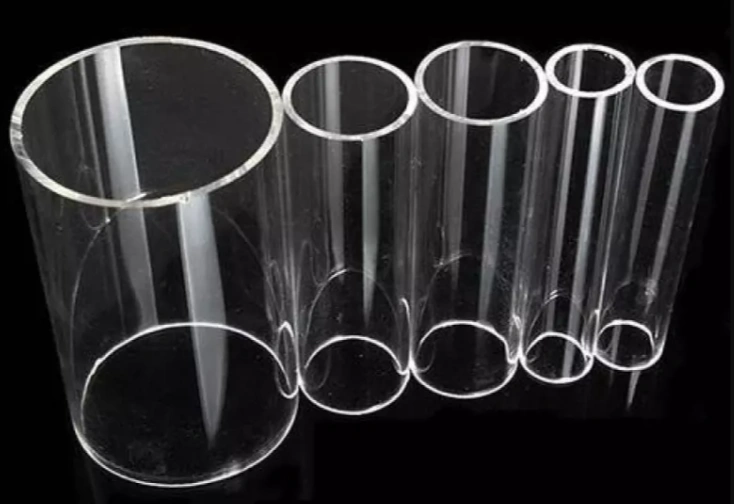
It is unsurprising then that this plastic is common in displays and fixtures, even in high-traffic environments. Its aesthetic and durability capabilities are highly-valued in many applications.
Glass
Glass is easily the most synonymous material with transparency. The secret to glass’ incredible transparency is its noncrystalline (amorphous) structure. Its atoms and molecules are arranged randomly despite being locked in place. This structure allows light photons to pass through without being absorbed.
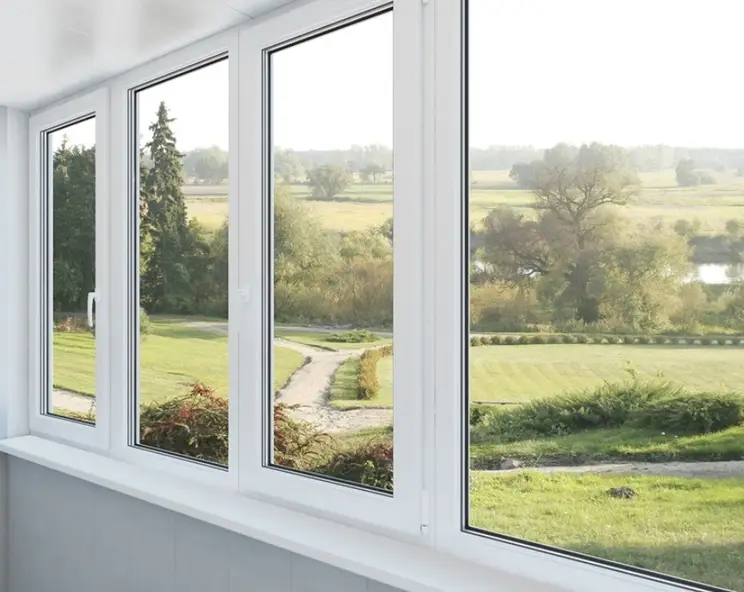
It is important to note that we are referring to photons of visible light in this case. When wavelengths fall below the visible light limit, the energy of the light can be adequate to move the glass electrons. Light may no longer pass through the glass.
Polycarbonate
This thermoplastic polymer is also transparent, to add to its hard and strong capabilities. It was manufactured as a replacement for glass in some applications where its brown color was required.
The modern polycarbonate is clear and very popular as a safety glass. You will see it in safety goggles and car headlights.
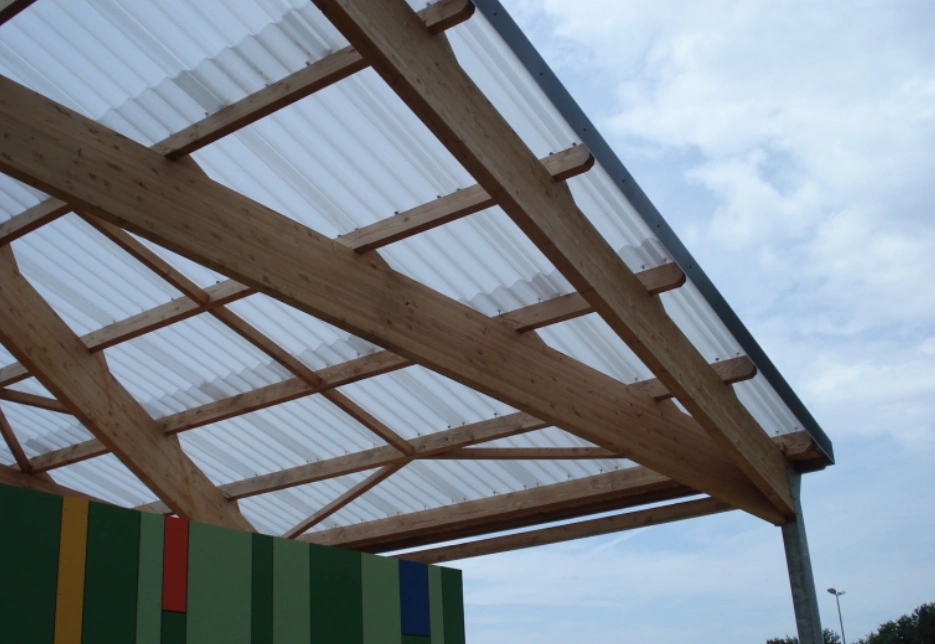
Polyethylene Terephthalate (PET)
This popular polyester is also transparent, a property it gets from fast cooling that makes it amorphous. The material is also very stiff and strong. For these reasons, PET is widely used for containers for carbonated drinks, water, milk, and other packaging applications.
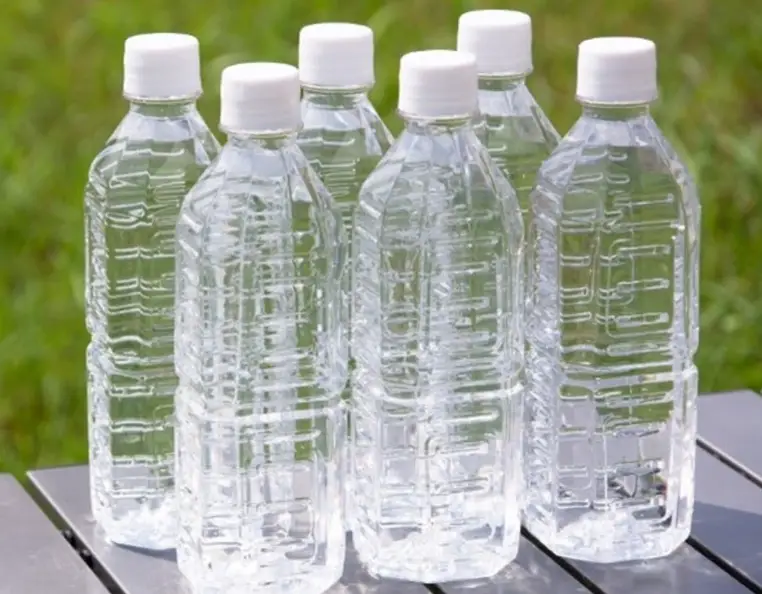
What is Translucency in Parts?
Translucency is the property of a material to partially allow visible light to pass through it. Light passes through the material but vision is limited.
A popular application of this material property is in architecture, and glass is the most popular material. However, plastic is increasingly becoming a top translucent material for different applications, which we will highlight in a short while.
Examples Of Translucent Materials Used For Parts
Like transparency, translucency is also commonly used. The most popular translucent examples are unpolished polycarbonate, frosted glass, frosted acrylic, Nylon (Polyamide), and Polypropylene (PP).
Looking at these translucent materials more closely;
Unpolished Polycarbonate
Polycarbonate may be transparent, but like other materials discussed here, it can be turned translucent. The main strategies are alteration of the surface texture and the use of additives during processing.
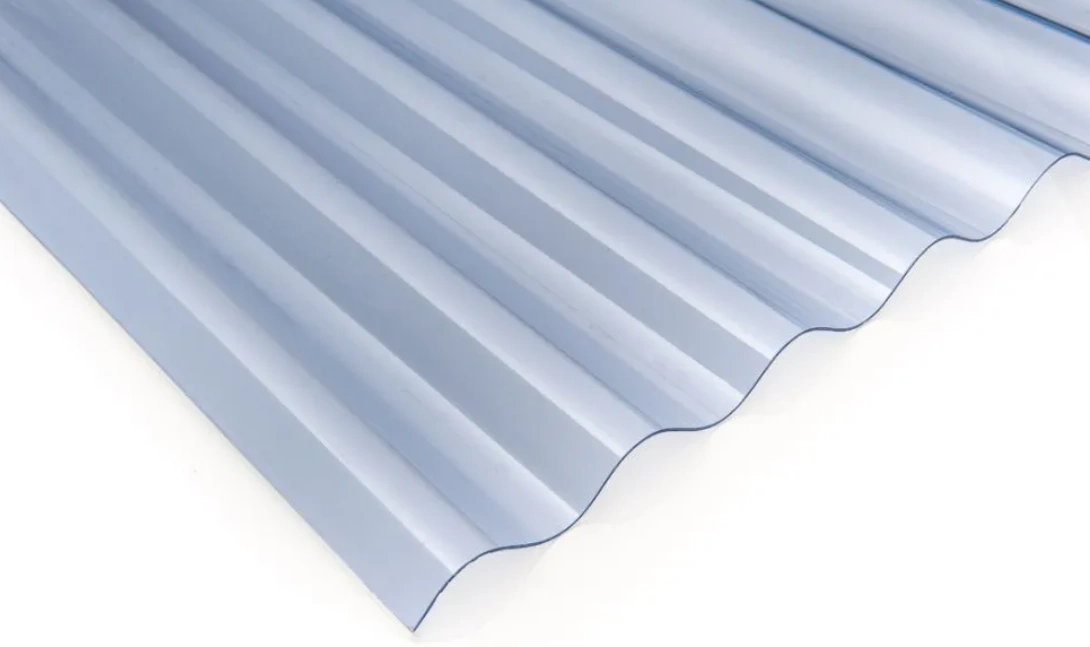
Frosted Glass
Frosted glass is a regular translucent material in numerous applications. It is manufactured to be attractive and still offer privacy. This product does transmit light, but in scattered form.
Methods of manufacturing frosted glass are window frosting, sand blasting, and acid-etching. While the goal of these methods is the same, their durability. Acid-etching and sandblasting are more durable than window frosting.
Frosted Acrylic
Frosted acrylic is produced by surface treating the standard acrylic for a matte finish. This process disrupts the transparency, instead making the light diffuse. The material gets a milky appearance.
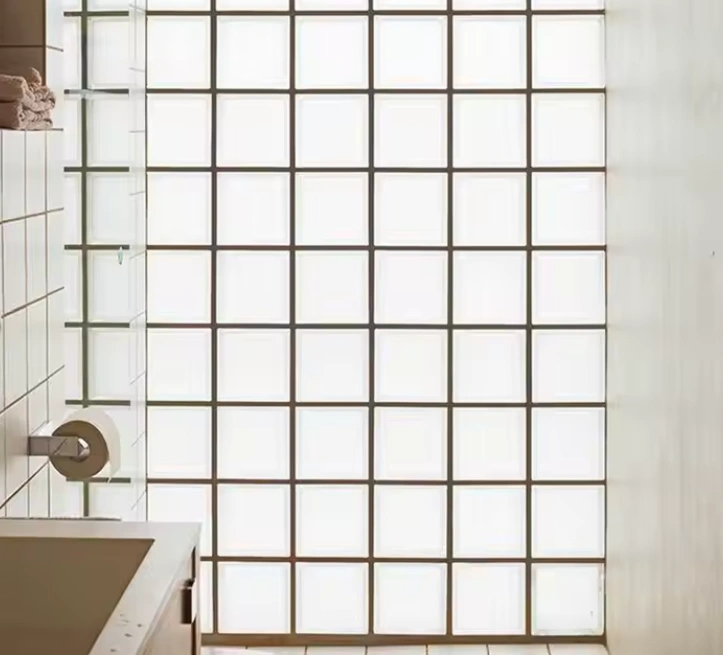
With this semi-opaque/semi-transparent property, frosted acrylic is ideal for impact resistance, wear resistance, and UV resistance. Frosted acrylic features prominently in lighting fixtures, skylights, displays, and bathroom enclosures.
Nylon (Polyamide)
Nylons are tough thermoplastics that are available in different grades. These materials come in a range of translucent colors including translucent white. Nylon, which can be CNC machined, is frequently used in power tools, bearings, door handles, and kitchen appliances.
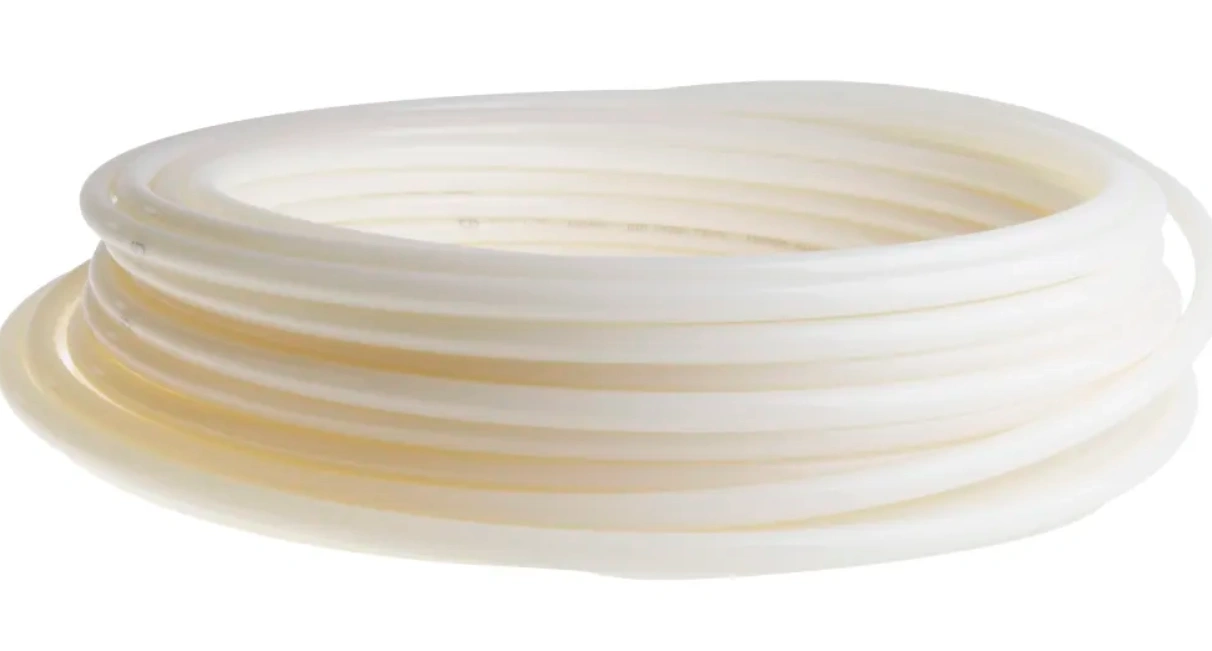
Polypropylene (PP)
Polypropylene is an equally important and popular translucent thermoplastic used in many industries. Since this material is common in everyday items, it is sometimes referred to as a commodity polymer.
The natural color of PP is translucent white, but a wide range of colors are achievable. If the material is for outdoor applications, additives are necessary to prevent fading and brittleness that may occur over time.
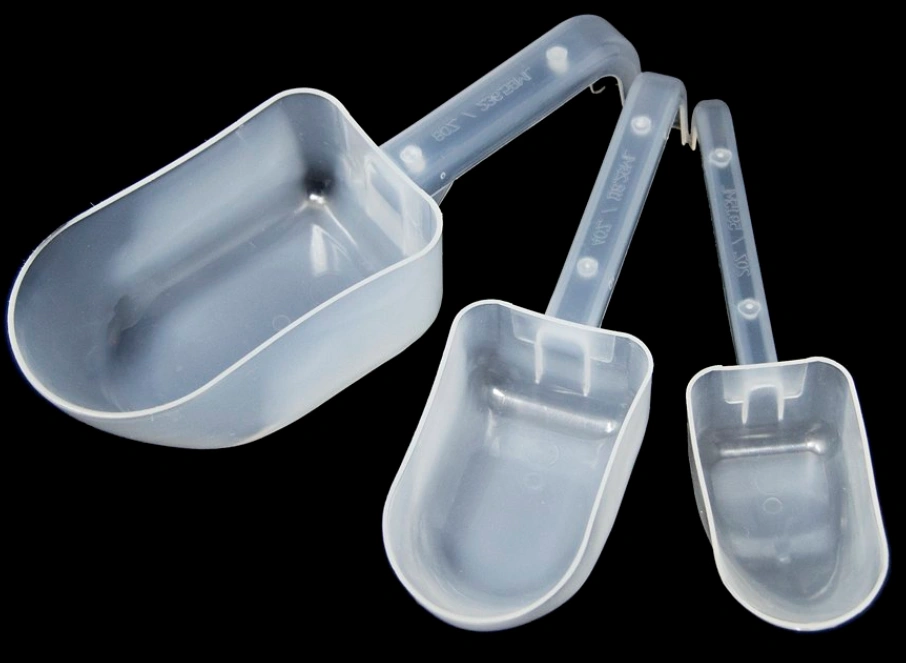
The Main Differences Between Transparency vs Translucency In Parts
Having defined transparency vs translucency, what is the difference between transparent and translucent parts? Answering this question is critical because it can guide the type of material you pick for your parts and the effectiveness it offers.
We can help with the selection of translucent vs transparent parts, based on our years of experience and interaction with 100+ different materials. Ask for a quote to start the collaboration.
Fortunately, the differences are clear because they mostly revolve around the capability to transmit light and the respective applications.
The detailed differences between transparency vs translucency in parts are as captured in the following table.
|
Comparison factor |
Transparency |
translucency |
|
Definition |
Capability of a material to allow light to pass through without scattering |
Capability of a material to allow light to pass through with scattering |
|
Visibility of objects |
Objects behind a transparent material are visible |
Objects behind a translucent material are invisible or blurred |
|
Light transmission |
Light passes through and is not scattered |
Light passes through and is scattered |
|
Examples of materials |
Acrylic, Glass, polycarbonate |
Frosted acrylic, frosted glass, translucent polycarbonate |
|
Areas used |
Where full visibility is required, for instance, windshield |
Preferred for privacy, for instance, bathroom enclosures |
|
Design use |
Used for cler display of items, for example in smartphone screens |
Diffuses light, thus ideal for decorative panels |
|
Color effect |
Present in colored and colorless applications – color is not a big issue |
Color usually reduces visibility. It can be used to enhance the diffusion effect. |
Read also the following comparison: CNC Machining Vs Injection Molding.
The Main Differences Between Transparency vs Translucency In Parts
Having defined transparency vs translucency, what is the difference between transparent and translucent parts? Answering this question is critical because it can guide the type of material you pick for your parts and the effectiveness it offers.
We can help with the selection of translucent vs transparent parts, based on our years of experience and interaction with 100+ different materials. Ask for a quote to start the collaboration.
Fortunately, the differences are clear because they mostly revolve around the capability to transmit light and the respective applications.
The detailed differences between transparency vs translucency in parts are as captured in the following table.
|
Comparison factor |
Transparency |
translucency |
|
Definition |
Capability of a material to allow light to pass through without scattering |
Capability of a material to allow light to pass through with scattering |
|
Visibility of objects |
Objects behind a transparent material are visible |
Objects behind a translucent material are invisible or blurred |
|
Light transmission |
Light passes through and is not scattered |
Light passes through and is scattered |
|
Examples of materials |
Acrylic, Glass, polycarbonate |
Frosted acrylic, frosted glass, translucent polycarbonate |
|
Areas used |
Where full visibility is required, for instance, windshield |
Preferred for privacy, for instance, bathroom enclosures |
|
Design use |
Used for cler display of items, for example in smartphone screens |
Diffuses light, thus ideal for decorative panels |
|
Color effect |
Present in colored and colorless applications – color is not a big issue |
Color usually reduces visibility. It can be used to enhance the diffusion effect. |
Read also the following comparison: CNC Machining Vs Injection Molding.
Factors To Consider For Parts Regarding Transparency vs. Translucency
When choosing parts on the basis of their transparency and translucency, you should consider the additives used, the manufacturing method used, the post-processing applied, and the material type. The surface finish and wall thickness of the part are also critical.
With extensive experience in CNC Machining of Thermoplastics and CNC Machining of Composites, ProleanTech knows how to put all considerations together to deliver all-round products.
Let’s discuss more about the mentioned factors:
Additives Or Impurities During Processing
Additives or impurities used during manufacture determine whether a part ends up being translucent vs transparent. For instance, pigments can affect the capability of a material to allow passage of light.
Reinforcements used to enhance strength of polymers can have the effect of reducing transparency because they scatter the light.
Inconsistencies are also caused by crystallization, use of flame retardants, and general contamination during processing.
Manufacturing Method And Post-processing
A part’s manufacturing method and the respective surface treatment/post-processing steps can affect its transparency and translucency. That’s because whether CNC machining, plastic injection molding, or extrusion, a manufacturing process is bound to interfere with certain core properties of a material.
Some methods are easier to optimize than others. For instance, it is easier to control the optical properties of a material in CNC machining and injection molding than in extrusion, which affects the internal forces of a material more.
The surface finish can also affect transparency vs translucency of a part, with smoother surfaces being more transparent.
The Material Type
While the manufacturing method affects the light transmission properties of a material, it may have no effect if the material’s intrinsic design says otherwise. The molecular structure of a material may already be built for translucency or transparency.
Glass is naturally transparent, ceramics and metals can be translucent in certain circumstances, polymers can be translucent or transparent, and many other examples of typical material optical properties.

The Surface Finish
For surface finish, the explanation is that a smooth shiny surface minimizes light scattering, hence enhancing transparency. A roughly finished surface behaves in the contrary, promoting light scattering.
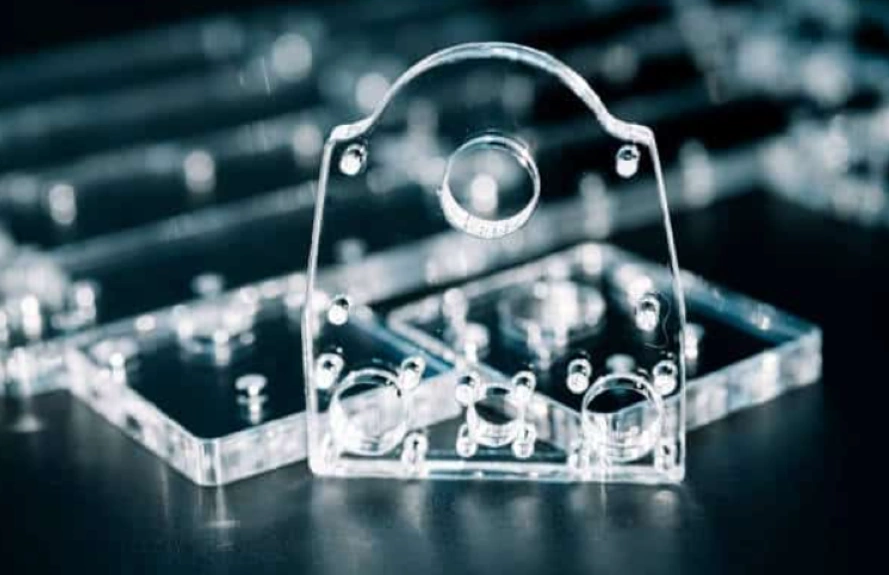
The Part’s Wall Thickness
The wall thickness of a part is a notable factor because distance affects light behavior. A material may be naturally transparent, but it tends to lose this property over thicker sections. More light is absorbed.
Light scattering also tends to increase with wall thickness. The edge effect phenomena also determines whether a part is transparent or translucent.
How CNC Machining Helps Achieve Transparent Or Translucent Parts
Transparent and translucent parts are required in the industry for many reasons, some of which we already highlighted. CNC machining from ProleanTech is one of the ways to produce these types of products, with other methods such as 3D printing and laser cutting also applicable.
For CNC machining, the selective removal of material gives product manufacturers adequate room to make a part transparent or translucent.
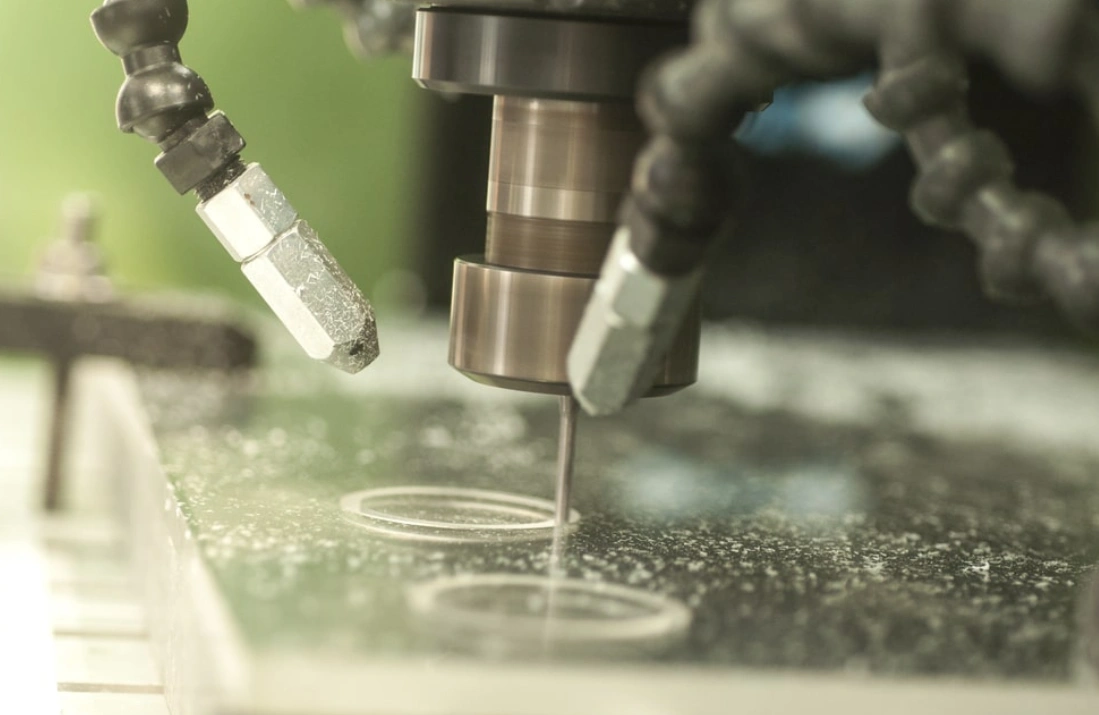
Manufacturers can use cutters of whatever size, even very tiny ones, to get those fine details that enhance transparency or translucency.
The advantages of China CNC Machining Services for transparency vs translucency are a superior clarity level, unmatched quality parts, and numerous material options. Talking of material options, applicable materials include PMMA, PC, and ABS.
The drawbacks of CNC machining are relatively lower geometral freedom and high processing cost, especially for large volume production. Low volume CNC machining is not all negative though, as this post shows: Why Small-batch CNC Machining is an Advantage for Your Business?
This read is related and interesting: 3D Drawings for CNC Machining.
In Conclusion
Both transparent and translucent materials are important in the market. But their natures, functionalities, and applications differ. Understanding these differences and appreciating the similarities helps in the design and manufacture of parts and products.
At ProleanTech, we are specialists in metal and plastic manufacturing using CNC machining and other technologies.
Contact us to get more insights into the two material properties and to know where to apply them in your next project through expert CNC Machining Services.

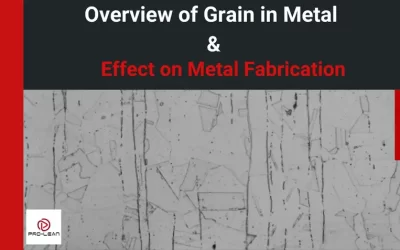
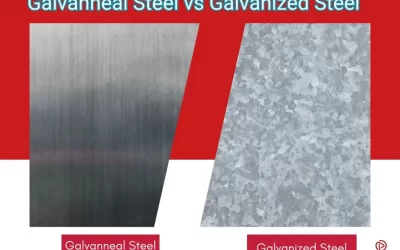
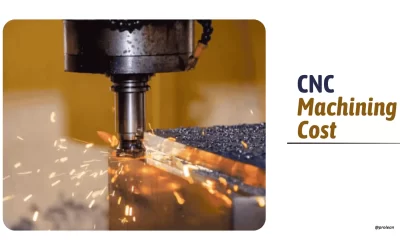
Do you think Polishing finish can achieve the mirror like finish?
Yes, the polishing can provide Ra 0.02μm with the surface finishing of transparent and translucent parts.